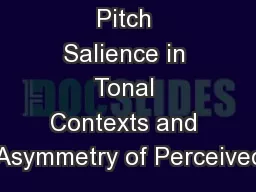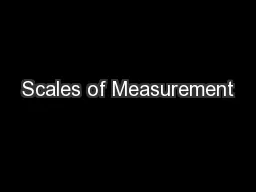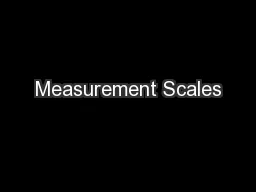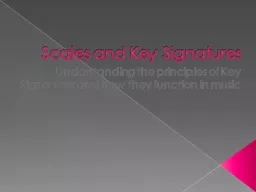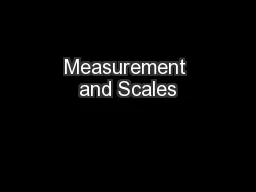PPT-Chapter 3: Pitch Collections, Scales, and Major Keys
Author : test | Published Date : 2019-11-28
Chapter 3 Pitch Collections Scales and Major Keys By Sarah and Morgan Chromatic and Diatonic Chromatic scales are comprised of 12 tones that are all a halfstep apart
Presentation Embed Code
Download Presentation
Download Presentation The PPT/PDF document "Chapter 3: Pitch Collections, Scales, an..." is the property of its rightful owner. Permission is granted to download and print the materials on this website for personal, non-commercial use only, and to display it on your personal computer provided you do not modify the materials and that you retain all copyright notices contained in the materials. By downloading content from our website, you accept the terms of this agreement.
Chapter 3: Pitch Collections, Scales, and Major Keys: Transcript
Download Rules Of Document
"Chapter 3: Pitch Collections, Scales, and Major Keys"The content belongs to its owner. You may download and print it for personal use, without modification, and keep all copyright notices. By downloading, you agree to these terms.
Related Documents


